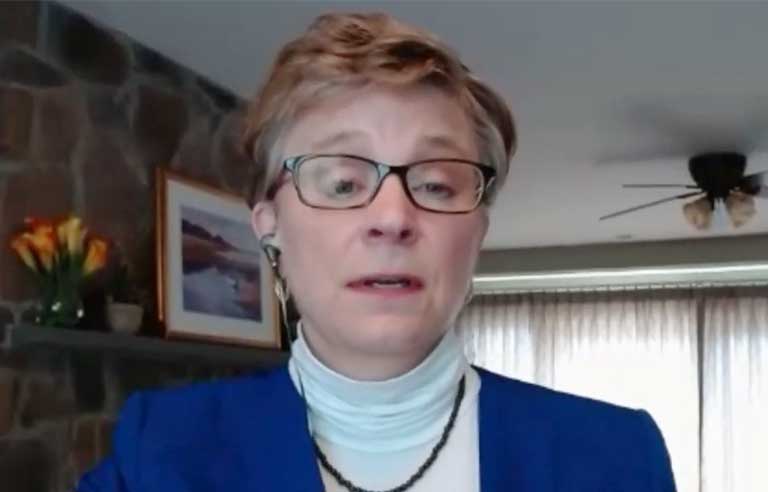
“This hearing is about ensuring federal agencies have plans and necessary resources to enable continuity of operations throughout the pandemic,” Connolly said. “This hearing is about ensuring the thousands of federal workers who have contracted the coronavirus are respected.”
Lorraine M. Martin, CEO and president of the National Safety Council and one of four witnesses testifying during the hearing, said the federal government “can set the example.” Such an example, Martin said, would follow “all the guidance from health organizations” as well as large multinational companies that “have very detailed playbooks on how to bring their folks back to work and when to bring them back.”
NSC launched its SAFER: Safe Actions for Employee Returns initiative in May to help employers understand all the needed steps and considerations for bringing employees back to the workplace. Martin highlighted a new SAFER resource: the Organizational Vulnerability Assessment tool, which organizations can use to get “tailored recommendations.”
The subcommittee’s Republicans want the federal government to stay away from a “one-size-fits-all” approach. Two subcommittee members pointed to Internal Revenue Service office closures, which they say have slowed the issuance of tax refunds.
In contrast, Jacqueline Simon, national policy director for the American Federation of Government Employees, called on federal workplaces to delay bringing workers back until “agencies have the full capacity to test, protect, trace and inform their workforces, and unless and until genuine, objective data on the status of the pandemic shows it has subsided.”
Simon also noted the success of remote work during the pandemic. “Since so many have been successfully teleworking throughout the pandemic, I inevitably ask why the rush to return?” she asked.
J. Christopher Mihm, managing director for strategic issues in the Government Accountability Office, added that “agencies’ experiences with telework during the global pandemic suggest opportunities for increased availability of telework in the future.”
Mihm also called for strengthened two-way communication, especially listening to and addressing employees’ concerns, as well as cooperation and information sharing among agencies in the same geographic areas.
Martin said telework by at least some employees in organizations – already a trend before the pandemic – likely is “here to stay.”
“Our country and its citizens have all experienced great trauma because of the coronavirus,” Martin said. “Worrying about one’s safety and well-being at work should not be needlessly added to this burden.”


